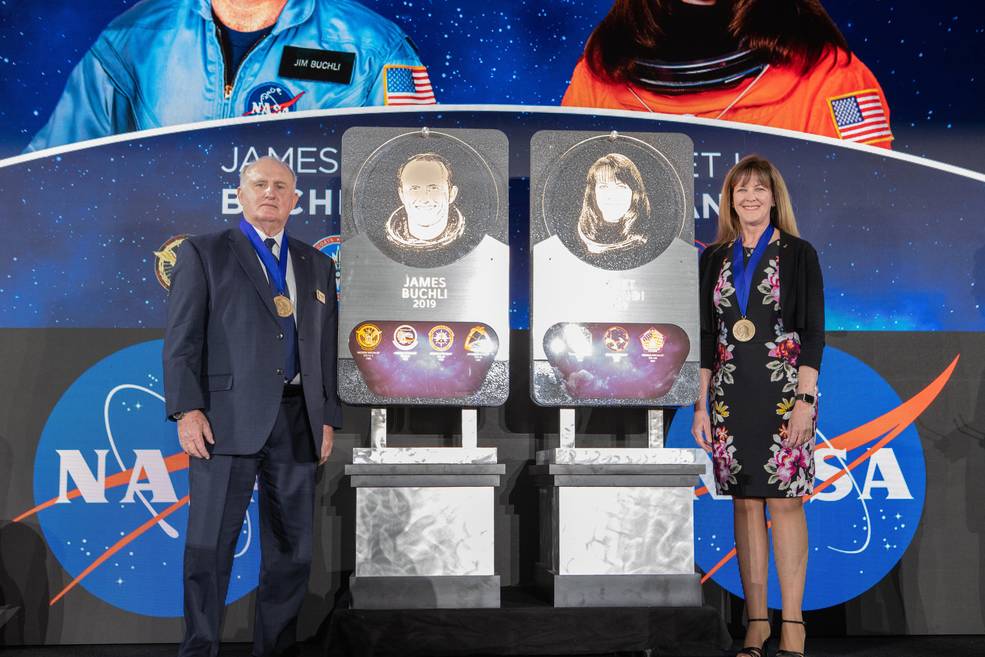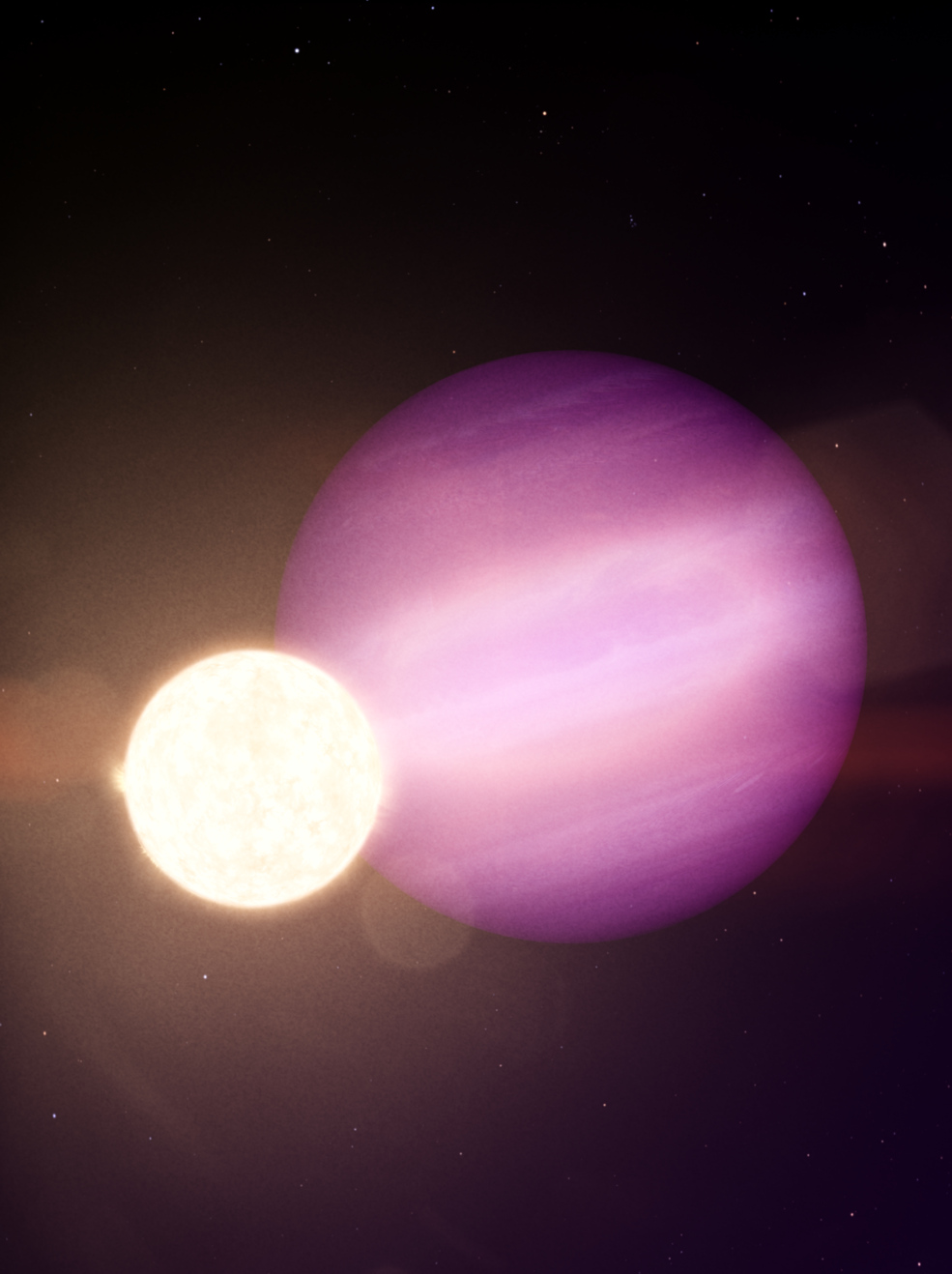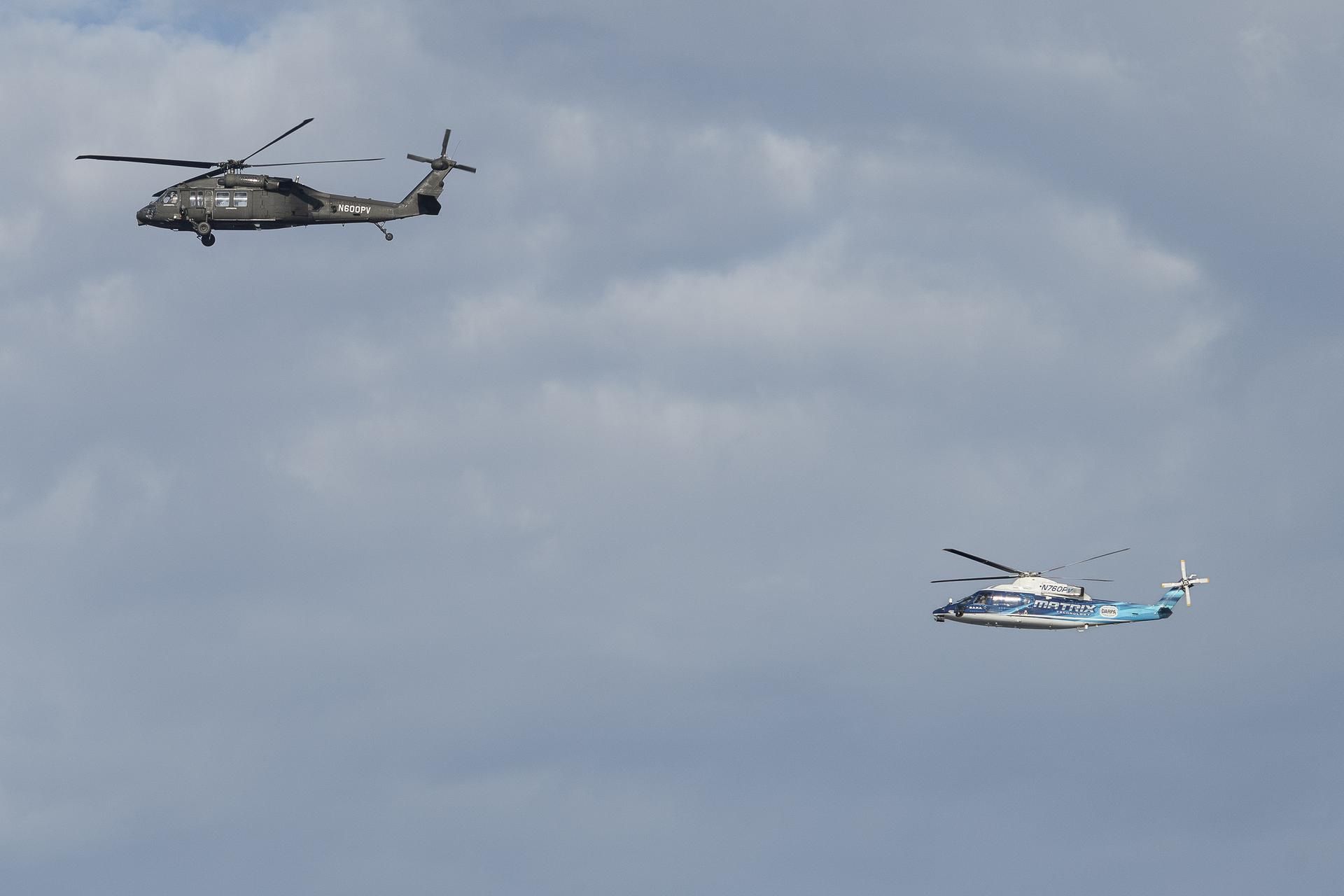From Campus to Cosmos: NASA Grants Boost Student, University Innovation
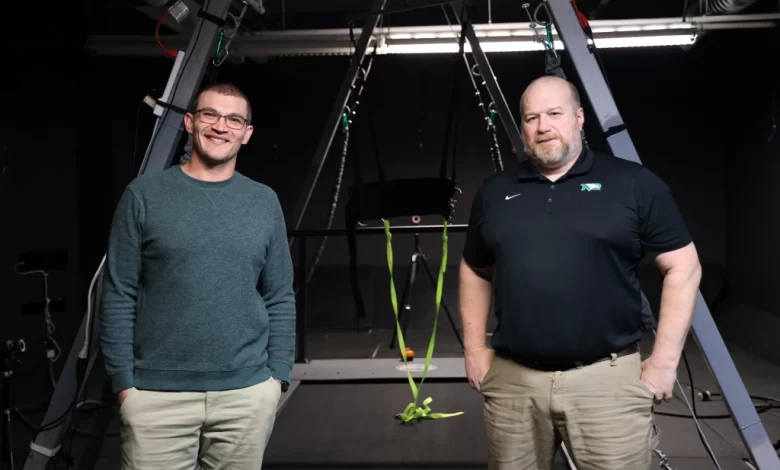
Human exploration on the lunar surface is no small feat. It requires technologists and innovators from all walks of life to tackle many challenges, including feet.
From designing astronaut boots, addressing hazardous Moon dust, and researching new ways to land on Mars, NASA is funding valuable research through M-STAR (Minority University Research and Education Project’s (MUREP) Space Technology Artemis Research). The M-STAR program provides opportunities for students and faculty at Minority Serving Institutions to participate in space technology development through capacity building and research grants. With more than $11.5 million awarded since 2020, M-STAR aims to ensure NASA isn’t leaving any potential solution behind.
Best Foot Forward
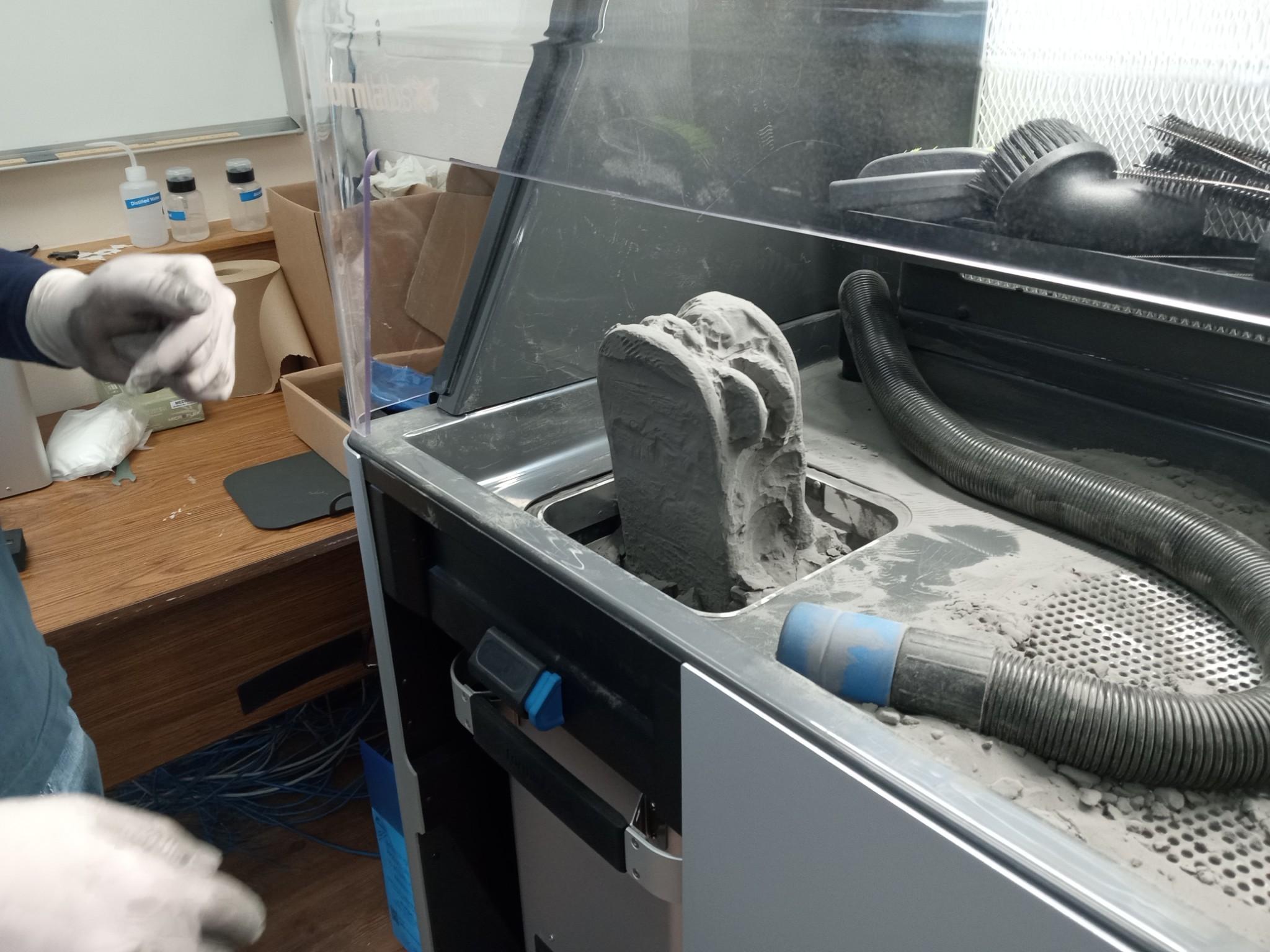
Candeska Cikana Community College uses selective laser sintering, a type of 3D-printing in which heat and pressure form specific structures using layers of powdered material. Shown here, a student works to remove excess material, in this case a powdered form of nylon with carbon fibers, to reveal a prototype of the “Mapi Hapa,” or “sky shoe.”
Candeska Cikana Community College
Supportive boots are required for astronauts who will perform long duration Artemis missions on the Moon. With astronaut foot health in mind, students and faculty of North Dakota’s Candeska Cikana Community College in Fort Totten and the University of North Dakota in Grand Forks are designing a solution for extravehicular activity Moon boots. The project, called Mapi Hapa, proposes a 3D printed device that helps astronauts achieve the range of motion that takes place in the ankle when you draw your toe back towards the shin.
Candeska Cikana Community College is a tribal college that serves the Spirit Lake Nation, including the Dakota, Lakota, Sisseton, Wahpeton, and Yanktonai peoples.
Nicholas Bitner, an instructor at Candeska Cikana and graduate student at the University of North Dakota, notes the unique skills that tribal students possess. “Their perspective, which is unlike that of any other student body, thrives on building with their hands and taking time to make decisions.”
Bitner also attributes many opportunities and successes of their program to M-STAR and its partnership which exemplifies the dire importance of consistent funding.
“Given the relationships, we have been able to expand our capabilities and our lab, but it has also given us funding. We were able to hire all our students in the engineering department as lab technicians. So, they get paid to do the research that they are a part of, and not only do they have that psychological ownership, but they also have a good paying job that looks nice on their resumes.”
In addition to addressing astronaut foot health, M-STAR funding is helping develop solutions to combat lunar regolith, or Moon dust, which can damage landers, spacesuits, and human lungs, if inhaled.
Lunar Dust Development
With M-STAR, New Mexico State University in Las Cruces developed affordable, reliable lunar regolith simulants to help test lunar surface technologies. The team also designed testing facilities that mimic environmental conditions on the Moon.
New Mexico State has already started sharing their simulants, including with a fellow M-STAR awardee. An M-STAR project selected in 2023 from the University of Maryland Eastern Shore in Princess Anne uses the simulants to help test their experience in smart agriculture to test applications for crop production on the Moon.
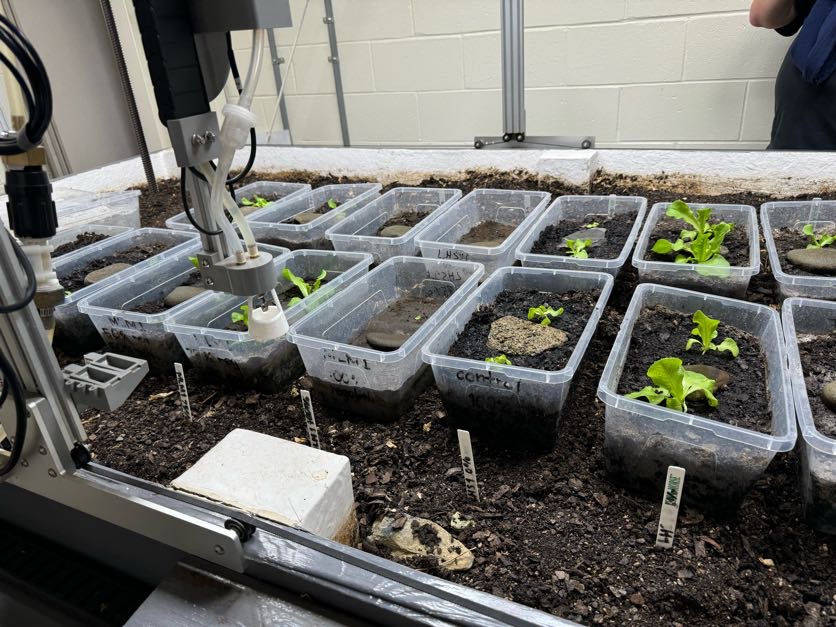
University of Maryland, Eastern Shore explores the possibility of growing crops in lunar regolith by mixing varying proportions of lunar regolith simulant, horse manure, and potting soil. The lunar regolith simulant was provided by fellow M-STAR awardee at New Mexico State University in in Las Cruces.
Stephanie Yeldell/NASA
Douglas Cortez, associate professor in civil engineering at New Mexico State, believes different perspectives are essential to maximizing solutions.
“There are hundreds of people working at Minority Serving Institutions that are used to looking at the world in a completely different way,” said Cortez. “When they start looking at the same problem and parameters, they come up with very different solutions.”
As we look to sustainable presence on the Moon, NASA also has its sights set on Mars and M-STAR is helping develop technologies to inform crewed Martian exploration.
Stick the Landing
San Diego State University in California was awarded funding for research on Mars entry, descent, and landing technologies. The team aims to achieve optimal trajectory by developing onboard algorithms that guide vehicles to descent autonomously.
The M-STAR research opportunities have been invaluable to students like Chris Davami and his teammates working to develop improved methods to land on Mars.
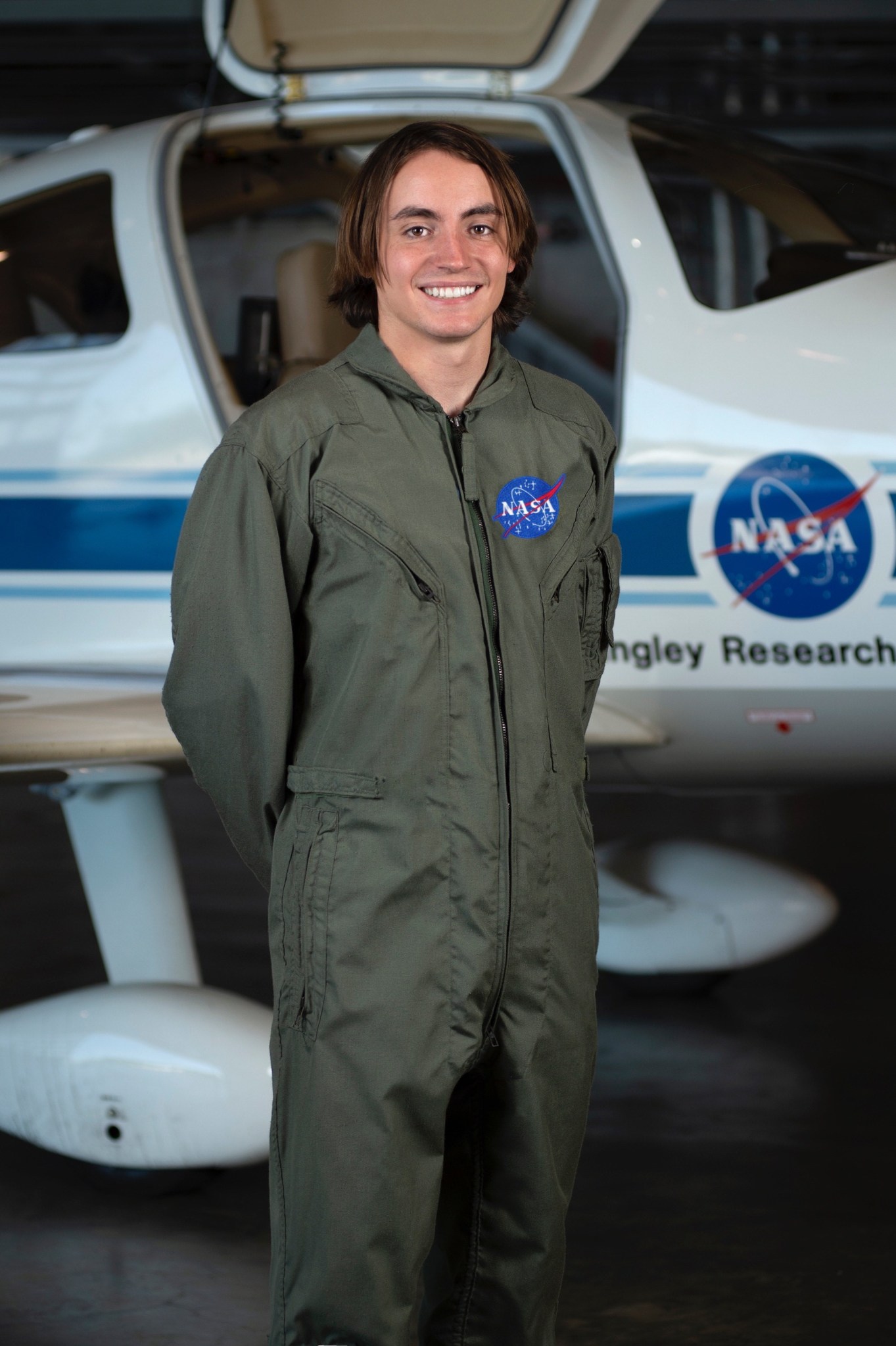
Christopher Davami, who supported San Diego State University’s 2021 M-STAR project, is pictured here at NASA’s Langley Research Center, where he was selected for internships supporting research in aeroelasticity, atmospheric flight, and entry systems research.
NASA
“I would definitely not have been able to have these opportunities with NASA if it weren’t for M-STAR,” said Davami. “M-STAR helped pay for my education, which helped me save a lot in student loans. I probably wouldn’t be going to graduate school right now if I did not have this opportunity. This program enabled me to keep pursuing my research and continue doing what I love.”
Following his contributions to the M-STAR-funded project, Davami was awarded a NASA Space Technology Graduate Research Opportunity in 2023 on his work in autonomous end-to-end trajectory planning and guidance constrained entry and precision power decent.
Through efforts like M-STAR, NASA aims to seed the future workforce and prepare colleges and universities to win other NASA research opportunities. When it comes to the advancement of space technology, people of different backgrounds and skillsets are needed to achieve what was once known as impossible. Not only can the diversification of ideas spark fundamental innovations in space, but it can also help students apply these technological advancements to solving problems here on Earth.
To learn more about M-STAR visit:
by: Gabrielle Thaw, NASA’s Space Technology Mission Directorate


